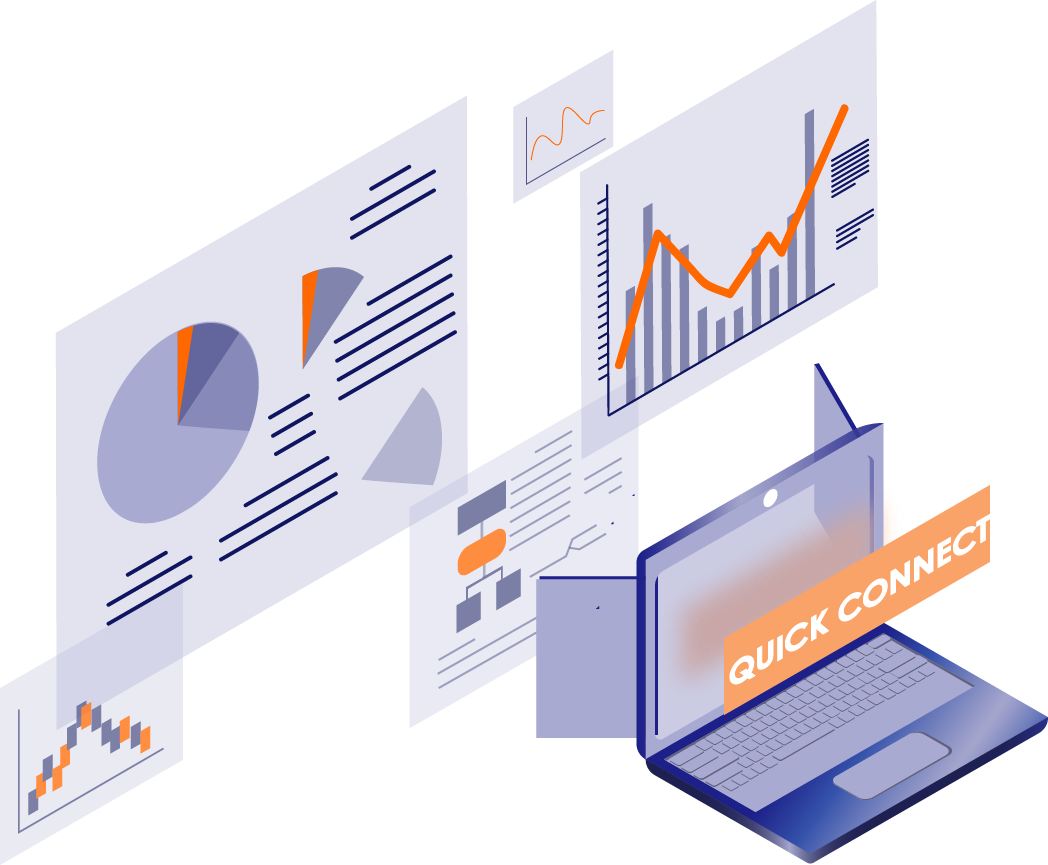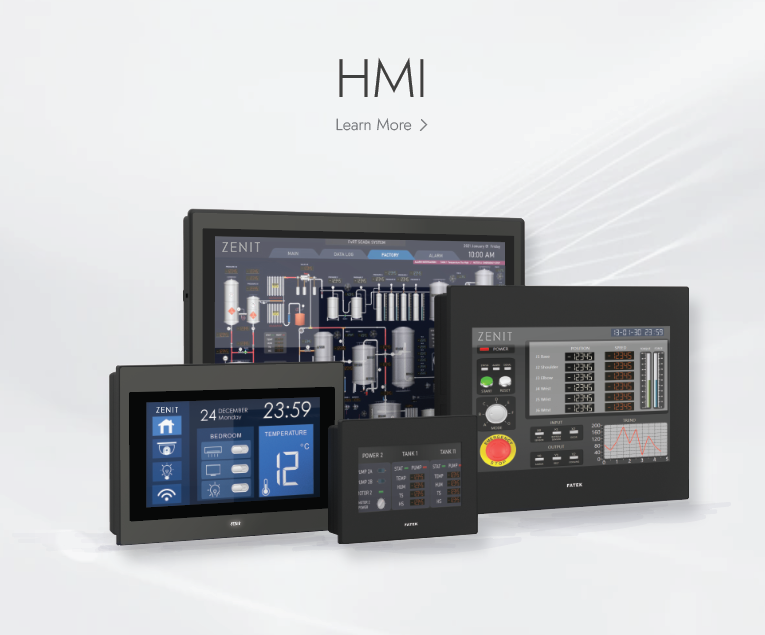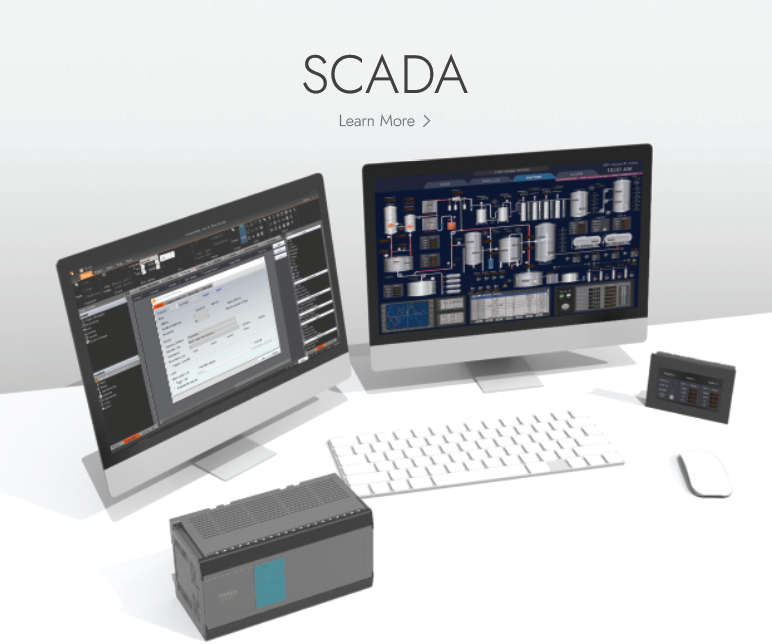

OVERVIEW
.jpg)
Solar Tracking System
Regardless of the type of solar power generation, the more light energy collected per unit area, the more electrical energy can be converted. However, the sun moves across the sky, resulting in only a short period of time during the day with higher energy conversion efficiency. By writing the azimuth angle data of the sun for various seasons and time periods into the controller, the orientation and tilt angle of solar panels or concentrating mirrors can be controlled based on different conditions to track the sun's trajectory, achieving the optimal power generation efficiency.
- Solar Panel
- Solar Tracking Mechanism

Wind Power Generation
The demand for power generation is typically continuous, and the more electrical energy a generator can continuously produce, the better its efficiency. Therefore, wind turbine generators are often located in areas with strong winds throughout the year. However, such persistent strong winds can also expose the large generator components to significant risks. By precisely monitoring various environmental factors and component statuses through numerous sensors and controlling the turbine blades for fine-tuning or shutdown protection through controllers, it can effectively prevent accidents such as shaft breakage or overloading, reducing maintenance costs and optimizing power generation efficiency.
- Wind Turbine Generator

Hydropower Generation
In areas with abundant rainfall, potential energy can be continuously converted into electrical energy, but in many cases, a balance must be struck between water use and power generation. Through sensors reading the water level and receiving information on electricity demand, the monitoring center calculates and assesses the timing of power generation operations. During power generation, the turbine generator's efficiency is used to adjust the degree of opening and closing of the gate for feedback control. The turbine generator controller not only sends feedback signals to the gate but also receives information on electricity demand to adjust power generation capacity, and monitors the operating status of the turbine generator set, timely applying brakes to avoid damage caused by overloading.
- Gate
- Hydropower Generation
- Turbine Generator
TECHNOLOGY
 1231231311231
1231231311231FATEK Industrial Cloud
FATEK IoT provides a fast, simple, and cost-effective IoT solution that does not require a complete replacement of hardware devices. By simply activating the FATEK IoT service within the existing architecture, you can quickly achieve IoT applications and easily keep up with the Industrial 4.0 wave.
With the FATEK IoT platform, you can perform software maintenance, data monitoring, and other operations on remote devices from anywhere using web pages, mobile phones, or tablets. This truly enables you to have comprehensive control over a large amount of information and quickly gain insight into changing situations in IoT applications.

Historical Trend Chart
The touchscreen data acquisition function allows for periodic collection of corresponding wind speed, wind direction sensor, and other data.
Furthermore, the historical trend chart component can be used to present the collected data in a graphical curve format for easy monitoring of data conditions. This allows for an intuitive display of data changes, eliminating the need to deal with tedious data.




